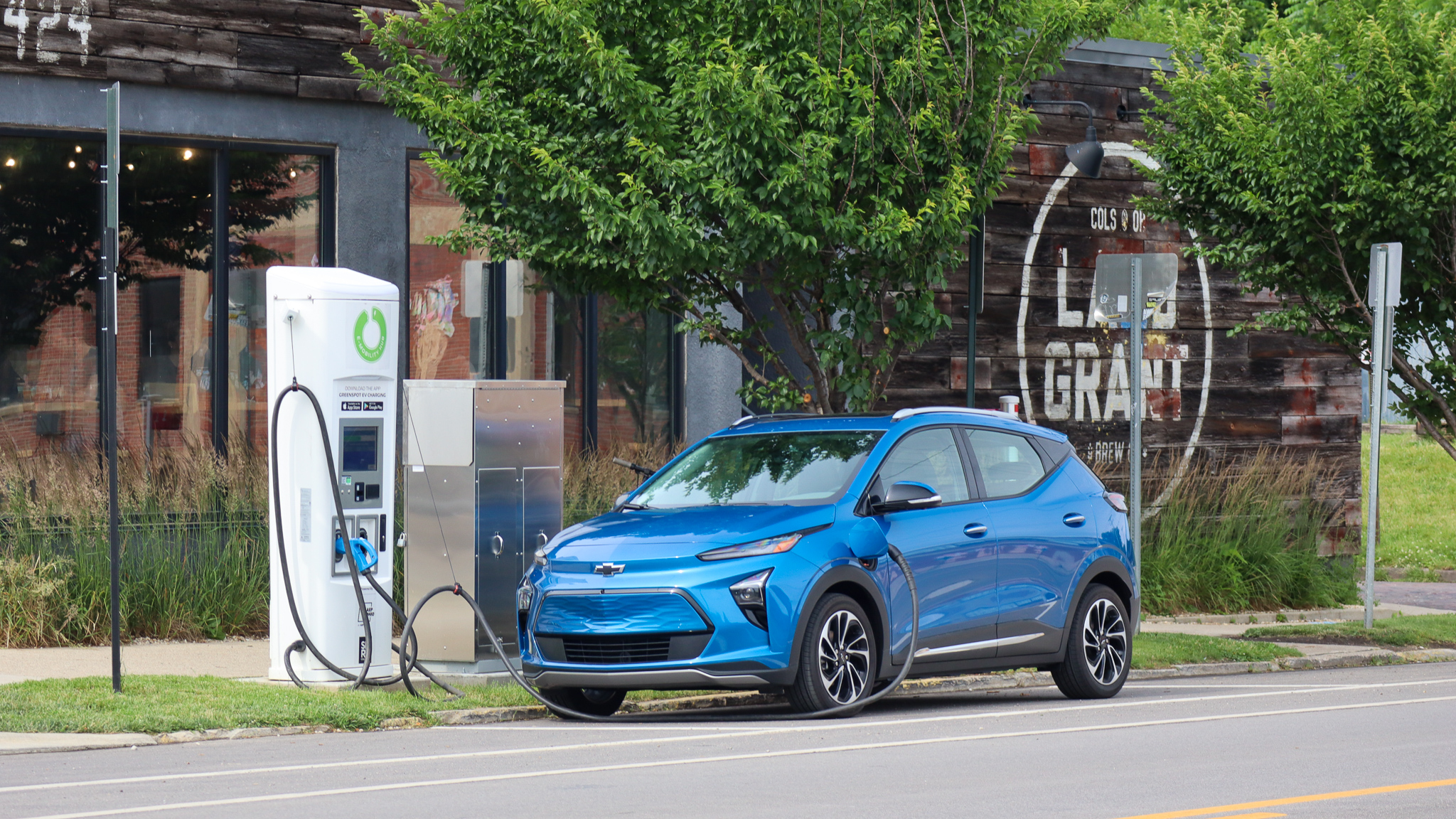

The Inflation Reduction Act of 2022 changed several aspects of the tax credit benefits that apply to the purchase of fully electric vehicles (EVs) and plug-in hybrids. The new laws touch on who qualifies, when they qualify, and which EVs are eligible, among other things. While certain details went into effect as soon as the act was signed on August 16, other regulations do not go into effect until January 1, 2023. The changes not only stripped some customers of the credits they thought they qualified for, it also created a lot of general confusion about how everything works.
There are a few primary reasons why prospective and current EV customers are now in a difficult situation. When the bill was signed into law on August 16, the bill’s North American assembly clause kicked in instantly. This means that EVs that weren’t made in North America no longer qualify for tax credits, under either the new tax credit scheme or the old one.
Then, there’s a price ceiling for body styles, meaning some vehicles from Lucid, Rivian, and Ford are all in limbo, even if a customer ordered them well before the bill’s passing. These new rules made it particularly confusing for people who might have put in orders or put down refundable deposits for EVs but haven’t taken delivery yet.
For example, here are some sticky situations EV buyers may find themselves in:
- If you ordered an EV months ago and it hasn’t arrived, was not made in North America, and you didn’t have a “purchase agreement,” you likely won’t qualify for a tax credit. When the bill was signed on August 16, any tax credits for these vehicles instantly disappeared. Popular vehicles like the Kia EV6 and Hyundai Ioniq 5 no longer qualify for EV tax credits, even if they were ordered months ago.
- North American EVs still qualify, but if they’re more than $55,000 (sedans) or $80,000 (SUVs and Trucks) and delivered after December 31, 2022, they won’t qualify. This is most pertinent to Lucid and Rivian owners who may have not signed a purchase agreement. If their reservation somehow is delivered before the end of the year, they’ll qualify, but if not, they won’t.
- Some models and variants of an EV model may be North American-made, but others aren’t. For example, Volkswagen hasn’t delivered any U.S.-Made ID.4’s yet, they’re all sourced from Germany until around October. The non-North-American-made vehicle doesn’t qualify, even if the vehicle will become North-American-sourced within a few weeks. Any ID.4’s currently unsold and sitting on lots don’t qualify for tax credits.
- Customers who have put deposits on vehicles that do not have finalized pricing and manufacture location details, like VinFast or Canoo, may have been banking on the tax credit assistance to sweeten the pot.
What about you, though? Are you in the process of buying an EV, or were you considering buying an EV? Has the process of finding, paying for, or delivering your EV changed with the advent of the new EV Tax Credit bill? We want to hear from you. What are dealerships, salespeople, or automotive representatives telling you about your EV prospects?
Sound off in the comments, or feel free to email kevin.williams@thedrive.com.